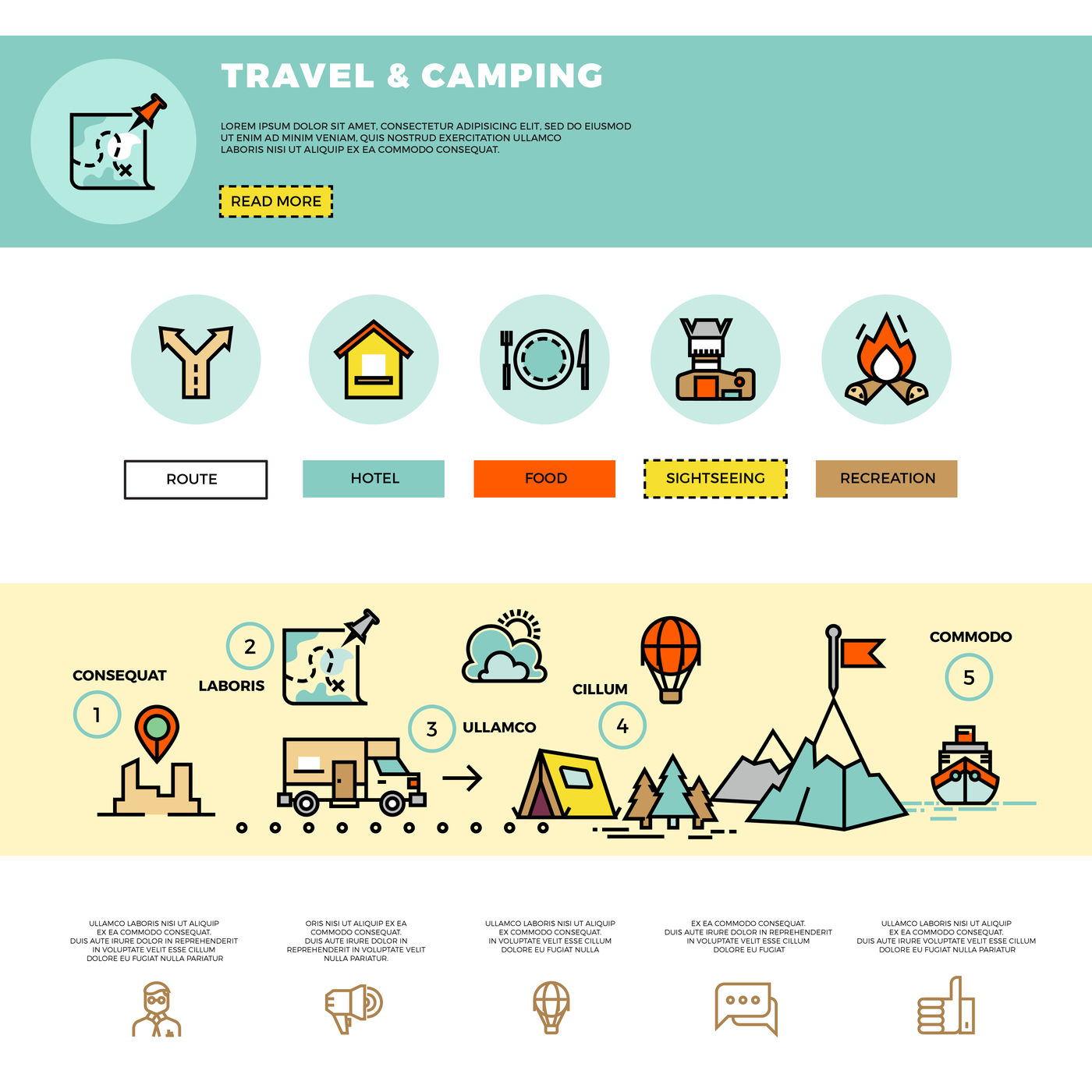Market Your Online Camping Tents Operation By Selling Camping Tents Using These Simple Steps
Market Your Online Camping Tents Operation By Selling Camping Tents Using These Simple Steps
Blog Article
Does Your Backpacking Outdoor Tents Required an Impact?
An impact is pricey and includes extra weight to your backpack. It also isn't especially resilient.
Is a tent necessary for camping?
Ultimately, whether or not a camping tent footprint is required depends upon where and exactly how typically you're camping. Generally, it's a great concept to utilize one if you camp on rough surfaces or in wet conditions.
Camping Tents with Lower Deniers and Water Resistant Ratings
Tents with lower deniers and waterproof ratings tend to be lighter, but they can additionally be extra breakable. They might call for even more constant repair services and have much less interior space than tougher models. If you're an informal backpacker that suches as to take a trip quick and light, this may be fine; however, even more seasoned walkers understand that compromising sturdiness can come with large effects down the path.
The denier and waterproof rating of an outdoor tents's cover, rainfly, and floor can help you establish its livability. Search for higher-denier textiles on the cover and rainfly, as well as taped seams that aid avoid water from leaking through stitches. Some makers even make use of warm and sealant throughout building and construction to create a more powerful joint; these are called welded joints.
The livability of a camping tent can also be determined by its flooring dimensions and capacity. An outdoor tents's flooring must be slightly smaller than the impact to avoid water from pooling under the shelter.
Outdoors Tents in Rough Surface
Numerous backpacking tents consist of an impact developed specifically for their version, which assists guarantee a proper fit and secures the tent's base from moisture and sharp things. Other suppliers offer universal impacts that can be reduced or folded to match an outdoor tents's measurements.
The kind of terrain you'll run into is one more essential factor to consider for selecting a tent. As an example, if you'll be camping in a canyon or gully, try to find a shelter that can take care of solid winds. These conditions develop turbulence that can make the difference in between enjoying your camping site or experiencing discomfort.
The ability and top elevation of a camping tent give you a great idea of its livability, yet kid cots additional variables to think about include vestibules (the area of the rainfly covering the doors) and overall storage room. For instance, throughout our wintertime testing of the Marmot Tungsten, its charitable 93-by-82-inch floor conveniently handled 4 sweaty backpackers and their puffier shoulder period sleeping bags while still leaving enough space for equipment and people.
Outdoors Tents in Wet Issues
Even if your outdoor tents appears completely dry, moisture prowls in the nooks and crannies. With time, it can deteriorate the textile. That's why it's so essential to take advantage of day of rest to deep-clean your tent and its elements, such as zipper cellular linings, stake loopholes and adjustable webbing bands.
Also, see to it to pitch your tent in a level area, not a divot or concave area, so that ground water doesn't accumulate between the camping tent floor and footprint or tarpaulin. And if you're using an impact, consider a custom-cut one created for your tent's floor plan. It will not collect rain the way a generic ground cloth or tarpaulin can.
Practice establishing and taking down your camping tent in the house before you hit the road, to get a feel for exactly how promptly and efficiently you can do it. Likewise, practice scouting your outdoor tents in different terrains to see exactly how easy it is (or isn't) to do in bad weather.
Outdoors Tents in High-Rise Situations
Tents range in flooring size and livability. For instance, a huge tent with double doors and vestibules like Marmot's Tungsten can take care of four backpackers without needing acrobatics to enter and out or to store gear.
The minimal route weight specification is the very best specification to compare designs, as it consists of the bare basics: tent body, rainfly and poles. Yet keep in mind that the spec omits outdoor tents stakes, man lines and stuff sacks.
A lot of backpacking outdoors tents can hold up to a light summer storm, yet some can be swept away by gale-force gusts. Look for a model with strong poles, an increased bathtub-style flooring and joint taping to reduce the possibility of water leaking via. Pricier styles likewise often tend to include stronger materials that can withstand the influence of particles and other forces.
Do tents hold heat?
